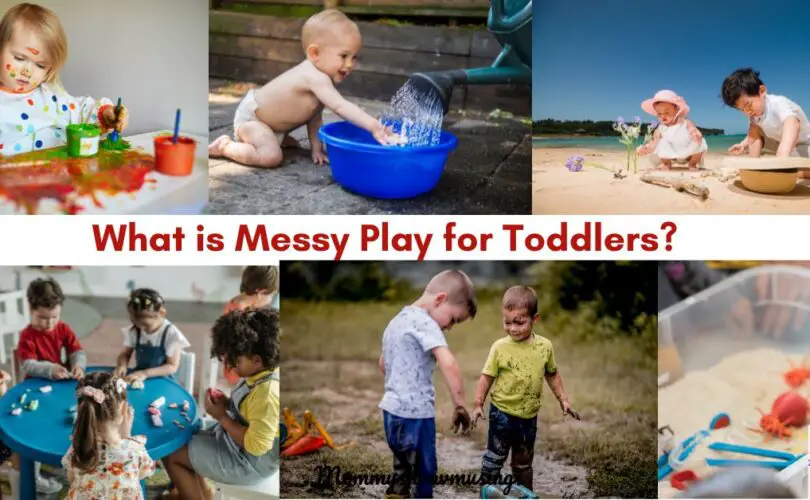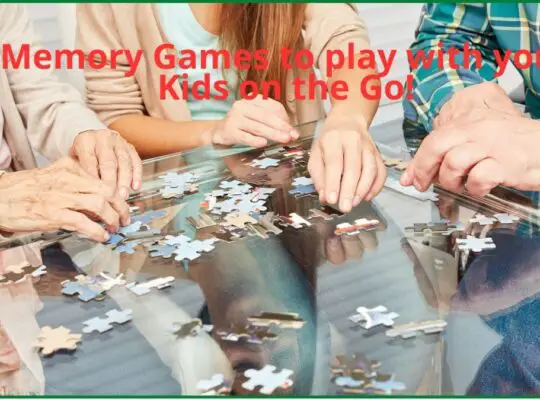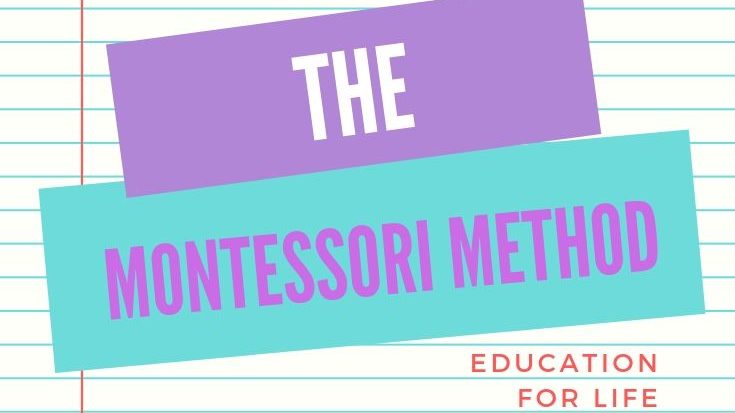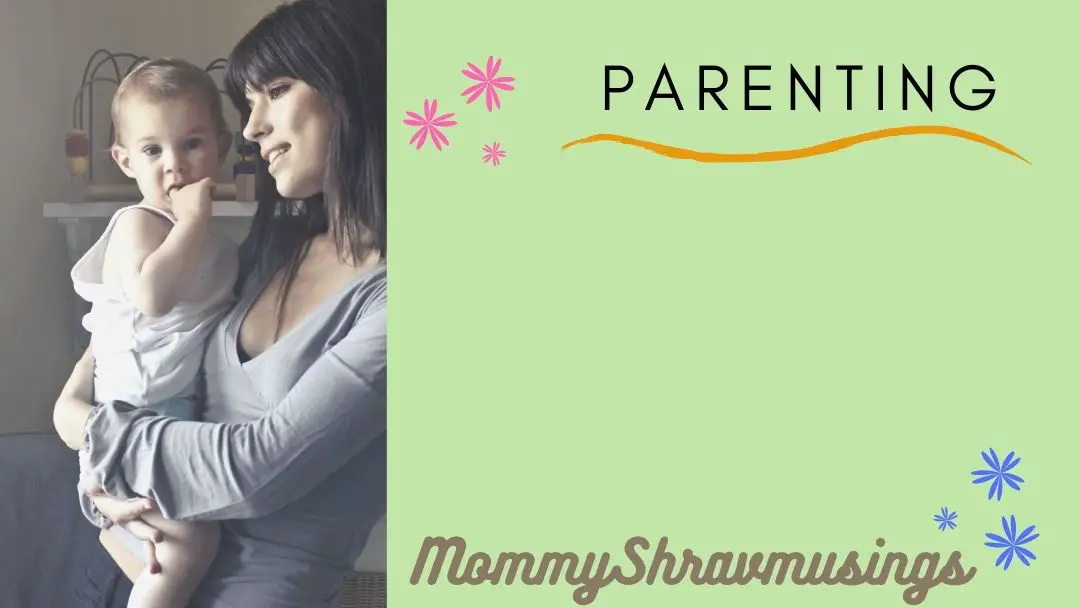Are you the parent put off by the mess toddlers make at home? Do you struggle to control the clutter in the house and make it look neat? In that case, you might be missing the essential element that aids your Child’s development.
Now, you might be wondering what is this messy play all about. In short, Messy play is another name for the sensory play the toddlers indulge in.
What is Messy Play for toddlers or young children?
As parents and caregivers, we often find ourselves instinctively avoiding messes and striving to keep things neat. However, when it comes to early childhood development, embracing the mess can be one of the best things we can do for our toddlers. Enter “Messy Play” – a delightful, hands-on approach to learning that engages young minds in a world of sensory exploration and creative discovery.
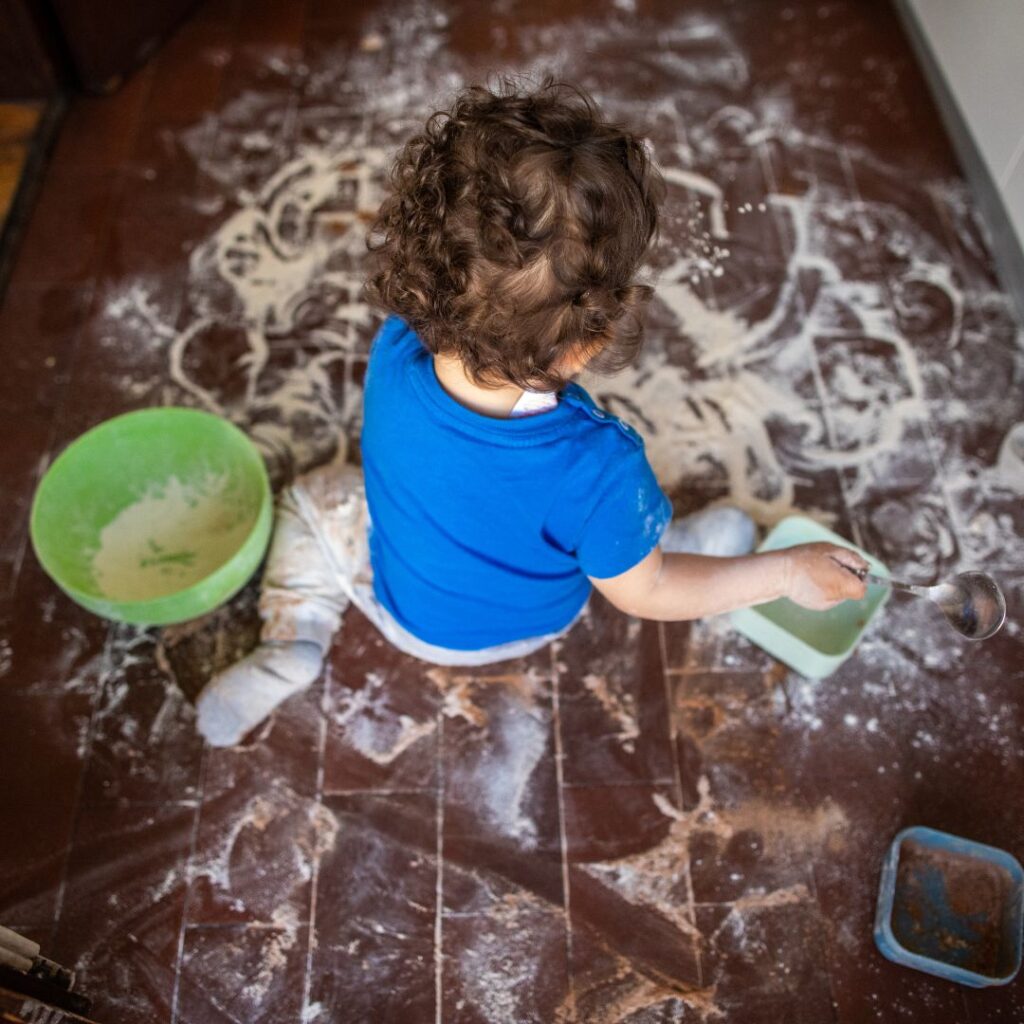
Messy play for toddlers involves providing opportunities for young children to engage in hands-on activities that encourage exploration and interaction with a wide range of textures and materials. These activities are intentionally designed to be messy, allowing children to manipulate and experiment with the substances involved freely.
Does your toddler ask for gadgets to eat food? Here are a few tips to change that habit.
In messy play, the children use the materials freely with no plan in mind and can create anything using their creativity, which will end up in a mess. Messy play is typically designed to be open-ended and improves their creative thinking.
Why is Messy Play important?
Dr. Maria Montessori considered messy play essential to a child’s learning and development and attached high importance to it. In the Montessori method of education, the process of learning is valued more than the final product. Messy play reinforces this principle, as the focus is on the experience of exploration and discovery rather than creating a perfect end result.
Do you want to read more about the Montessori Method of Education?
1. Sensory development: Messy play engages multiple senses, including touch, sight, smell, and sometimes taste. By exploring different textures, children strengthen their sensory processing abilities, helping them make sense of the world and become mindful.
2. Cognitive development: Messy play encourages problem-solving and critical thinking skills. Children learn about cause and effect as they experiment with different materials, discovering what happens when they mix, pour, or squish them.
3. Creativity and imagination: Messy play fosters creativity and imaginative thinking. It allows children to transform materials into various shapes, objects, or scenarios, promoting imaginative play.
4. Fine motor skills: Activities like squeezing, pinching, and molding during messy play help develop and refine fine motor skills in young children. These skills are essential for tasks like writing, using utensils, and buttoning clothes.

5. Emotional regulation: Exploring different textures and engaging in sensory play can have a calming effect on children, helping them regulate their emotions and reduce stress or anxiety.
6. Language development: Messy play involves communication and social interaction with other children or caregivers. These activities can improve language skills as children express their thoughts, feelings, and ideas while playing.
7. Social skills: When children engage in messy play, they learn to share, take turns, and cooperate. It can promote positive social interactions and develop their ability to work in a group.
8. Introduction to Early Arithmetic and Science Concepts: Using messy play, children tend to observe early arithmetic concepts like big/small, counting, shapes, and sorting. It will even allow parents to teach children about cause and effect, prediction, and other concepts.
9. Physical Development: Messy play is very hands-on and allows children to gain confidence in their gross motor movements. It helps them achieve their balance and strengthen their muscles.
10. Confidence and self-esteem: Messy play allows children to take risks in a safe environment. They build confidence and a sense of accomplishment as they experiment and achieve different outcomes.
Messy Play Ideas:
Here are some examples of messy play activities for toddlers or young children:
## Finger Painting: Toddlers can dip their fingers in non-toxic, washable paints and create artwork on paper, cardboard, or even on a large plastic sheet spread on the floor.
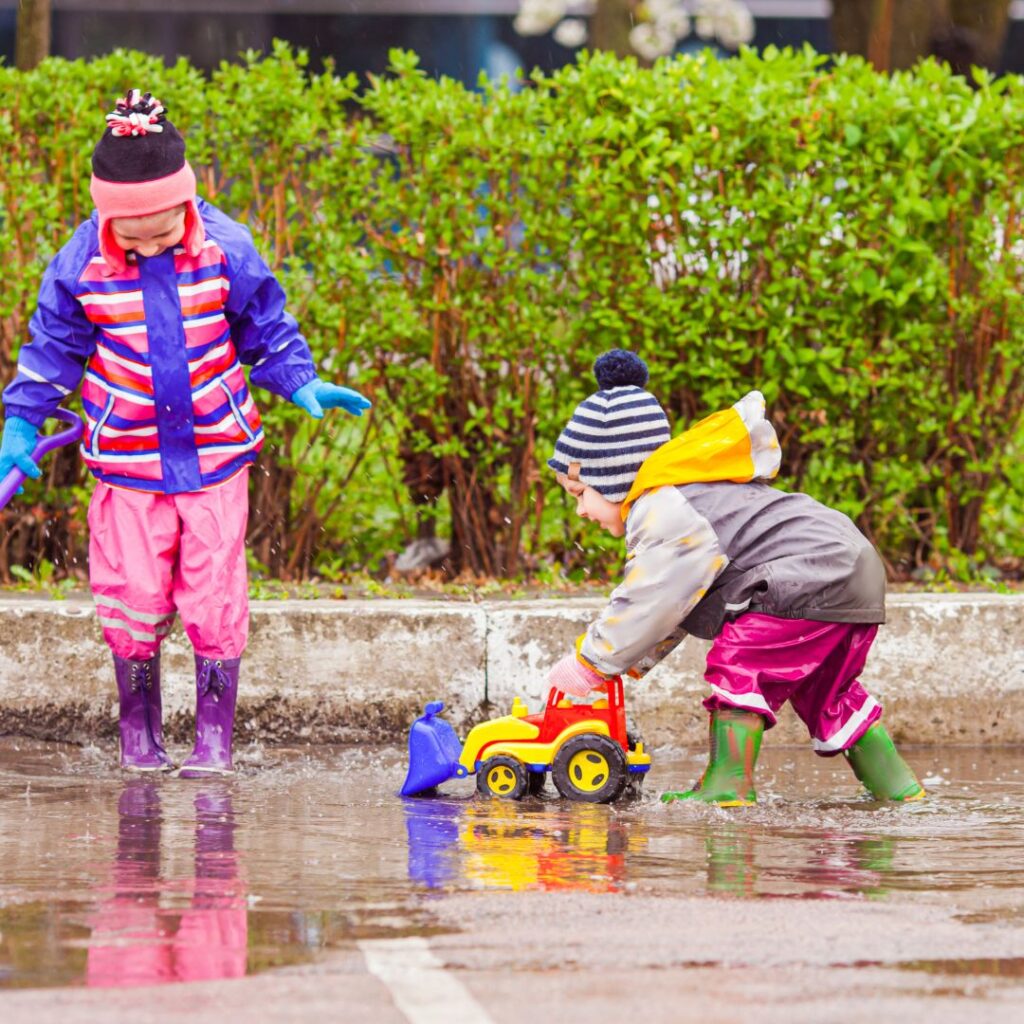
## Water Play: Providing bowls, cups, and containers filled with water allows toddlers to splash, pour, and play with water. They can also add floating toys or objects to enhance the experience.
## Sand Play: Sand tables or outdoor sandboxes are perfect for toddlers to explore sand. They can use shovels, buckets, and molds to build structures or run their fingers through the sand.
## Playdough or Clay: Giving toddlers playdough or child-safe clay lets them squeeze, shape, and mold the material into different forms, encouraging creativity and fine motor skill development.
## Mud Play: Playing in the mud can be a delightful and messy experience for toddlers. They can squish mud between their fingers, stomp in puddles, and even make mud pies.
## Oobleck: This gooey mixture of cornstarch and water acts as both a liquid and a solid. Toddlers can explore its unique properties by squeezing it, poking it, or letting it ooze through their fingers.
## Sensory Bins: Sensory bins are containers filled with materials like rice, dried beans, or shredded paper. Toddlers can dig, pour, and sift through the materials to discover hidden treasures or toys within.
## Edible Sensory Play: Some messy play activities involve edible materials like cooked spaghetti, gelatin, or edible paints made from yogurt and food coloring.
## Ice Excavation: For a cool and exciting messy play experience, freeze small toys or objects in a large block of ice using a container or a bundt pan. Once frozen, take the ice block outside or place it in a sensory bin. Provide toddlers with tools like toy hammers, plastic spoons, and pipettes to chip away at the ice and reveal hidden treasures.
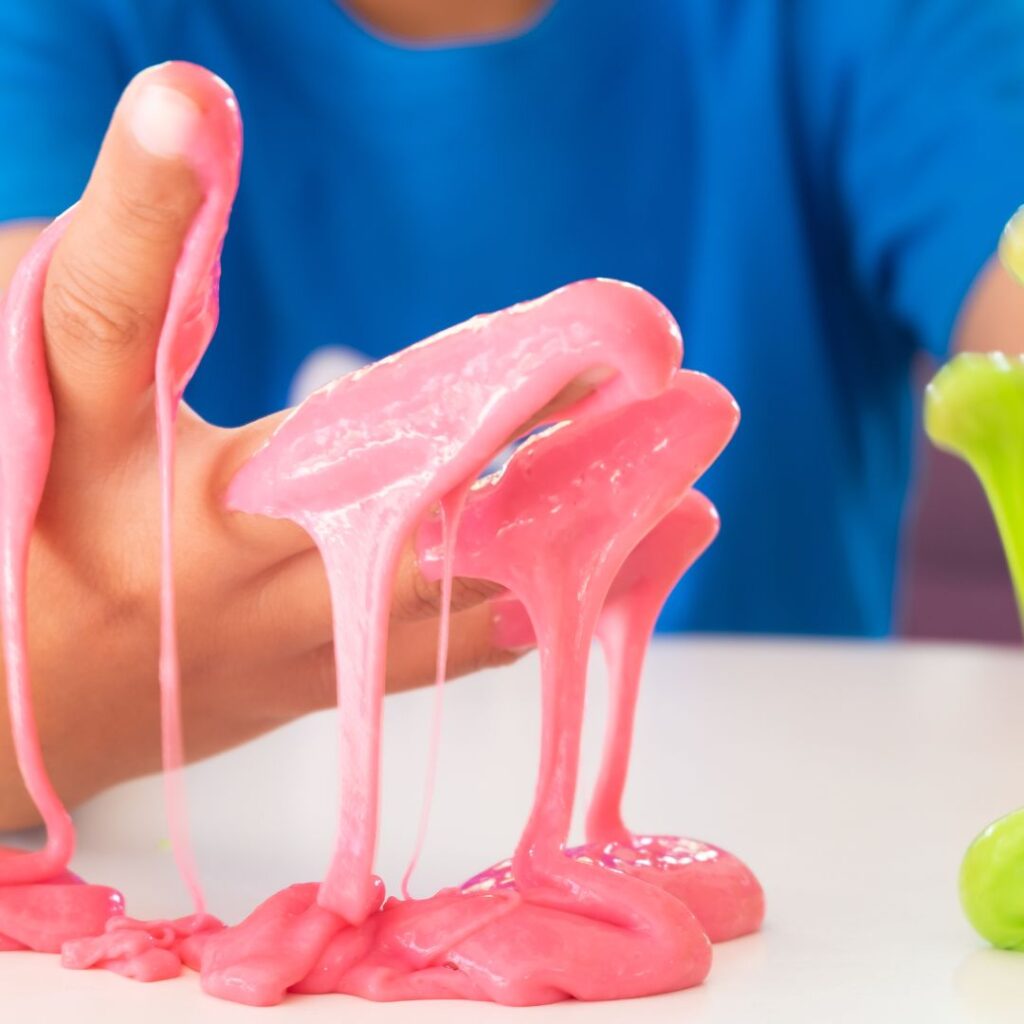
## Bubble Foam Play: Create a bubbly wonderland for your toddlers by mixing child-safe soap with water and using a handheld electric mixer to create a mountain of frothy foam. Place the foam in a large container or directly on a plastic sheet on the floor. Let the little ones dive in and explore the fluffy, bubbly texture.
It’s important to note that while messy play can be incredibly beneficial for a child’s development, adult supervision is crucial. Parents or caregivers should ensure that the materials used are safe and non-toxic. They should also guide children on appropriate behavior during messy play, such as not throwing materials or putting non-edible substances in their mouths.
Messy play sessions should take place in a designated area that is easy to clean, and children should wear appropriate clothing, like smocks or old clothes, to protect against stains. The primary goal of messy play is to let children explore and enjoy the sensory experience without fear of making a mess.
How to Setup Messy Play Areas?
Setting up messy play areas to minimize the cleanup time for parents is essential. Here are five important points to consider:
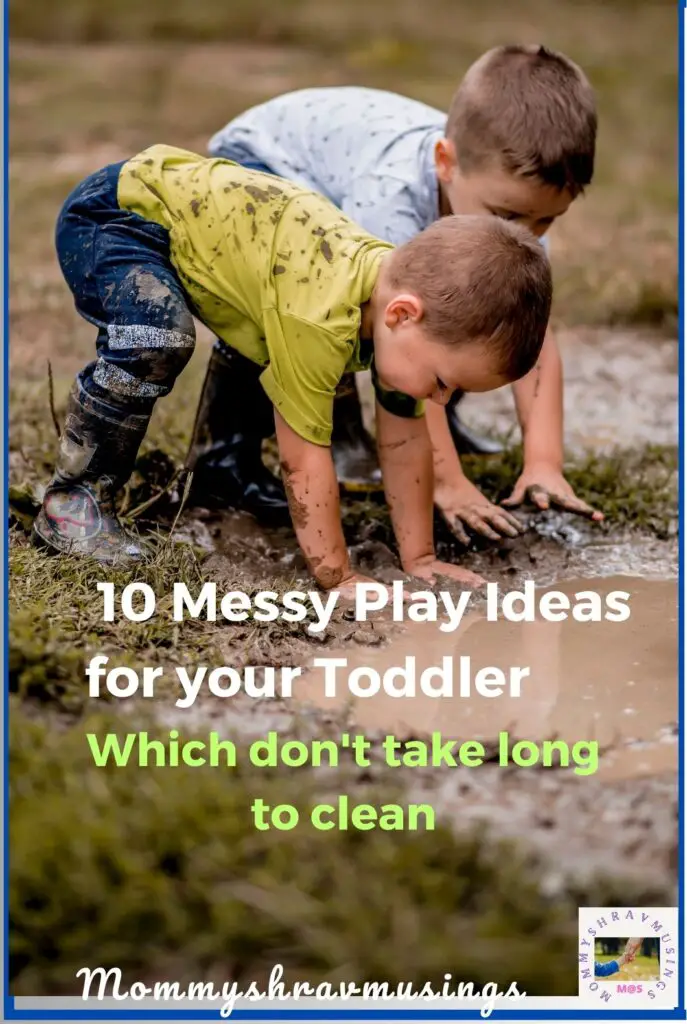
- Use Protective Coverings: Place large plastic sheets, shower curtains, or old bedsheets on the floor and surrounding surfaces to protect them from spills and stains. These coverings can be easily removed and wiped down or laundered after the messy play session, saving time on cleaning the floors and furniture.
- Choose Easy-to-Clean Materials: Opt for materials that are easy to clean and won’t leave stubborn stains. Non-toxic, washable paints, child-safe clays, and water-based sensory materials are great options. Avoid using materials that can be challenging to clean, such as oil-based paints or materials with strong dyes.
- Designate a Messy Play Area: Designate a specific area in your home for messy play, ideally one that’s easy to access and away from delicate or valuable items. Having a dedicated space ensures that any mess is contained and makes cleanup more manageable.
- Use Sensory Bins or Trays: When engaging in activities like playing with water, sand, or sensory materials, consider using sensory bins or trays. These containers help contain the mess and make it easier to clean up. After the play session, you can dispose of the contents, rinse the bin/tray, and let it dry.
- Set Clear Boundaries and Rules: Explain the rules to your Child before starting a messy play activity. Let them know the boundaries of the play area and what’s off-limits. Please encourage them to keep the materials in the designated space, which will help keep the mess contained and make cleanup less overwhelming.
Want to choose the right Montessori School for your Child? Here are some tips for you.
Apart from the points mentioned above, it is always important to:
- Always supervise children during messy play to ensure their safety.
- Ensure that the materials used are non-toxic and safe for your Child’s age group.
- Avoid using small items that could pose a choking hazard for young children.
- Consider any potential allergies or sensitivities your Child may have if using edible materials.
- Teach children proper handwashing habits after messy play activities.
Parting Thoughts:
In a world that often prioritizes cleanliness and orderliness, embracing the mess in early childhood through messy play emerges as a valuable gift we can bestow upon our toddlers. The Montessori method of education beautifully exemplifies the significance of this immersive and hands-on approach to learning, recognizing its profound impact on a child’s development.
In fact, Montessori educators view messy play as a vital component of a child’s development, fostering a love for learning and promoting holistic growth. Montessorians advise parents to embrace the mess, offer support when needed, and allow children the freedom to explore, create, and learn through their own experiences.
Is your toddler yelling at you, saying Mommy – I Hate you! Then this podcast is for you only.
Montessorians and child development experts wholeheartedly advocate for integrating messy play into a child’s daily routine. By doing so, we encourage the development of essential cognitive, social, emotional, and fine motor skills while nurturing their innate curiosity and joy for learning.
So, as parents and caregivers, let us take a step back and allow our little ones to immerse themselves in the fascinating realm of messy play. In doing so, we honor their individuality, cultivate their love for exploration, and lay the foundation for a lifelong journey of self-discovery and learning.
Ask your child – “Imagine you have a magic playroom where you can play with anything you want, and it’s totally okay to make a big mess! What messy play activity would you choose, and why?”

Suhasini, IP, is the Author of the book “Practical Tips for Kids Mental Health.” As a certified kids and parents life coach, she helps/guides you toward a happy family life for your kids. She firmly believes that “Emotionally Happy Kids of today are the Mentally Strong and Happy Citizens of tomorrow.” Let’s make the world a happy and beautiful place for our kids to thrive.

